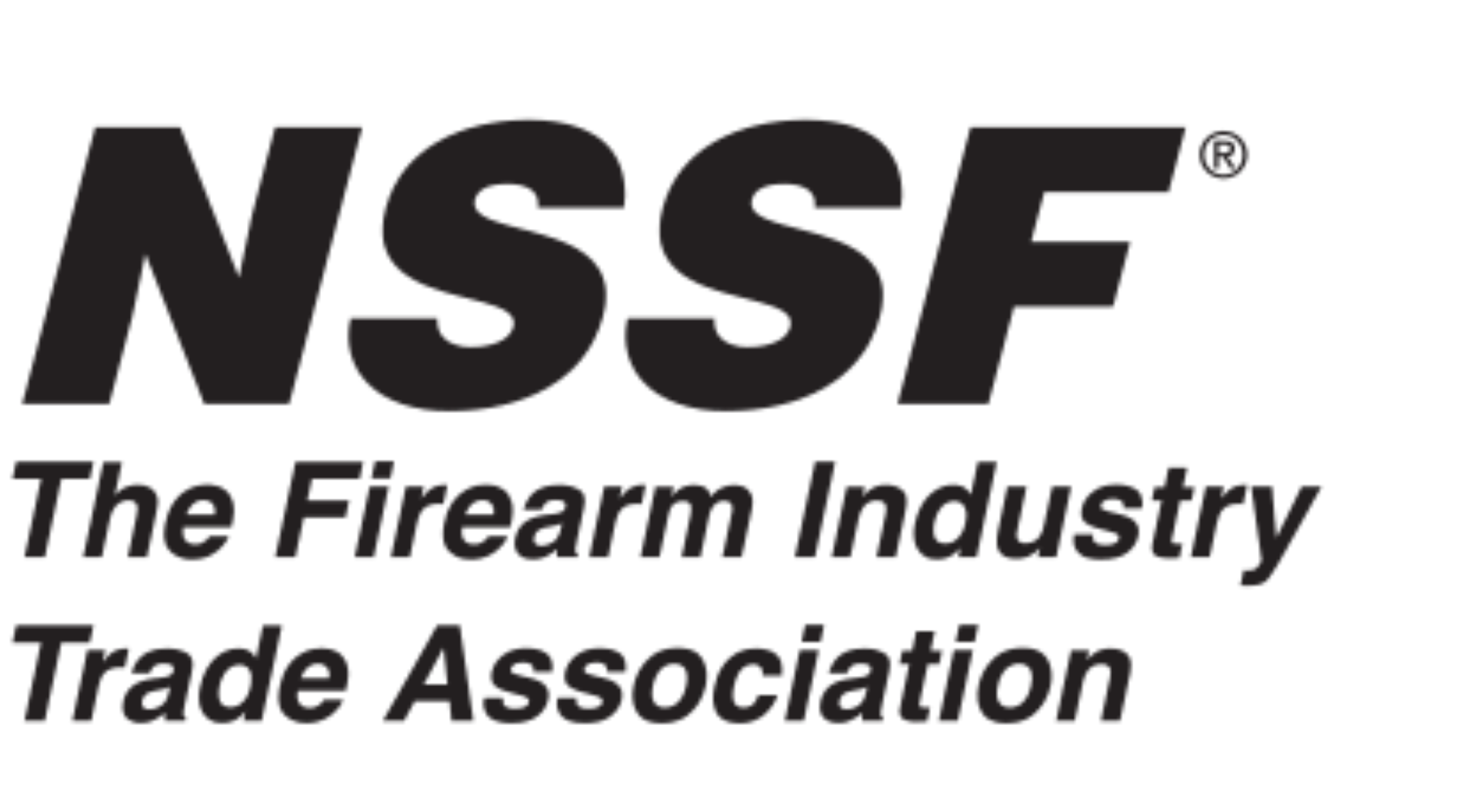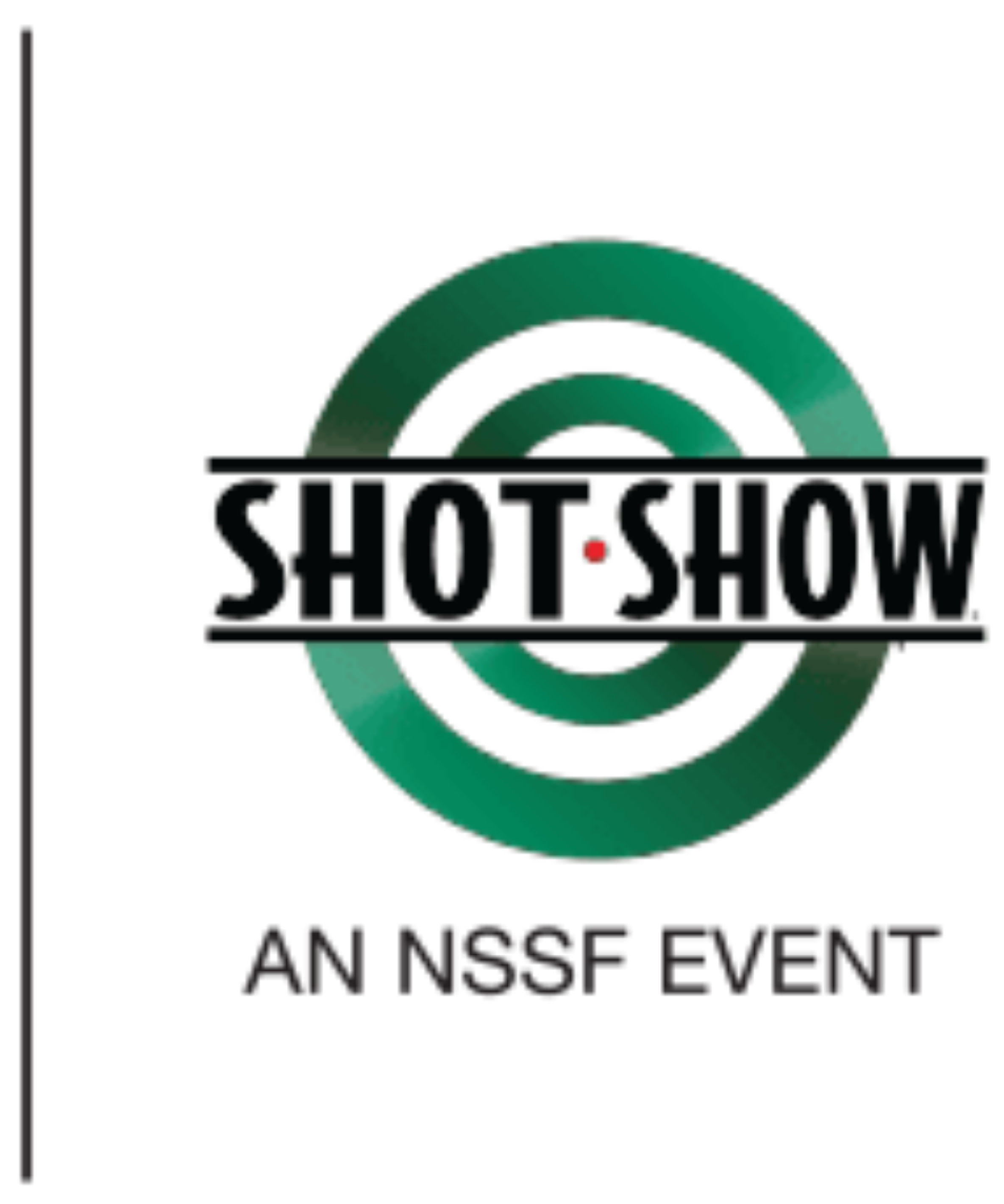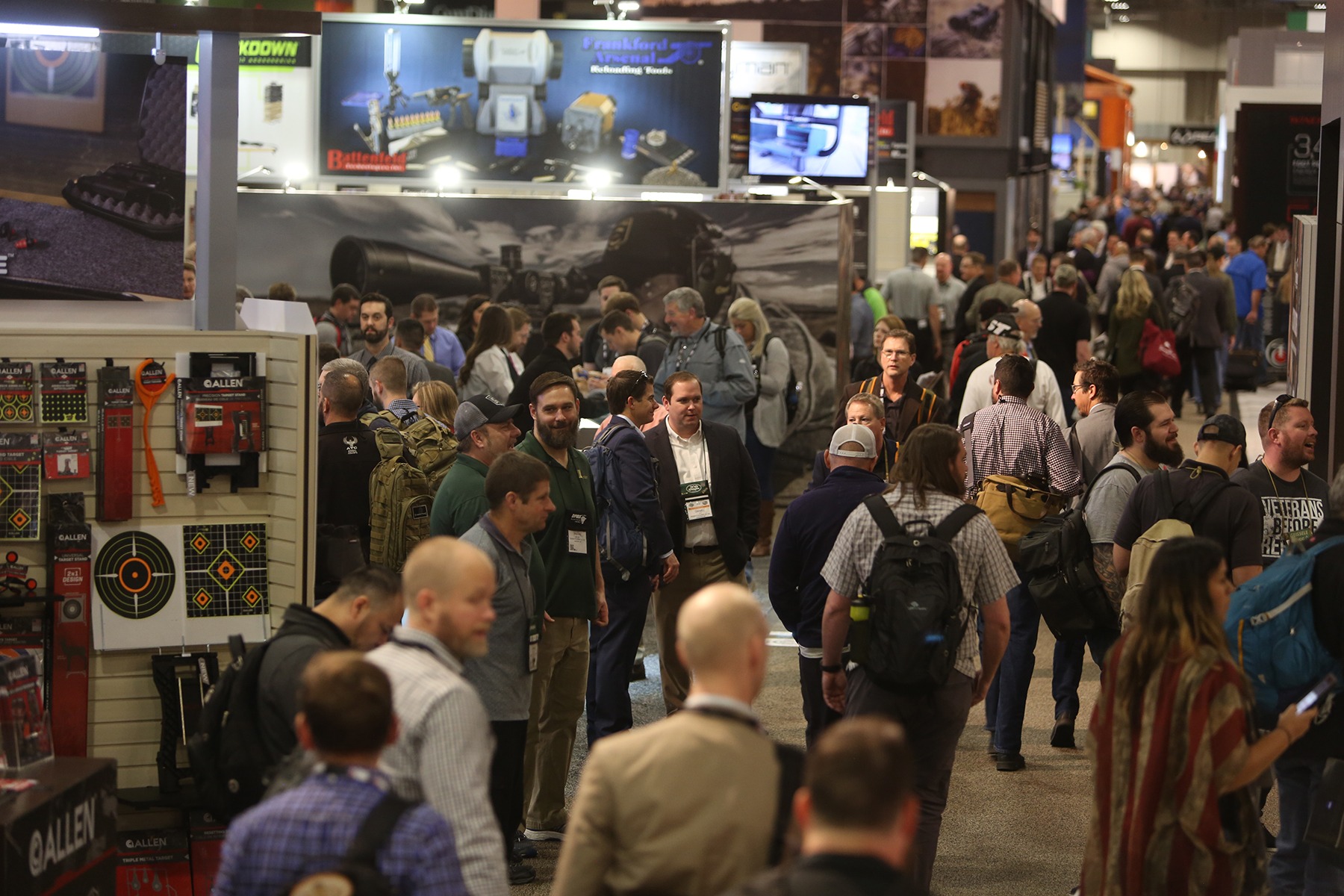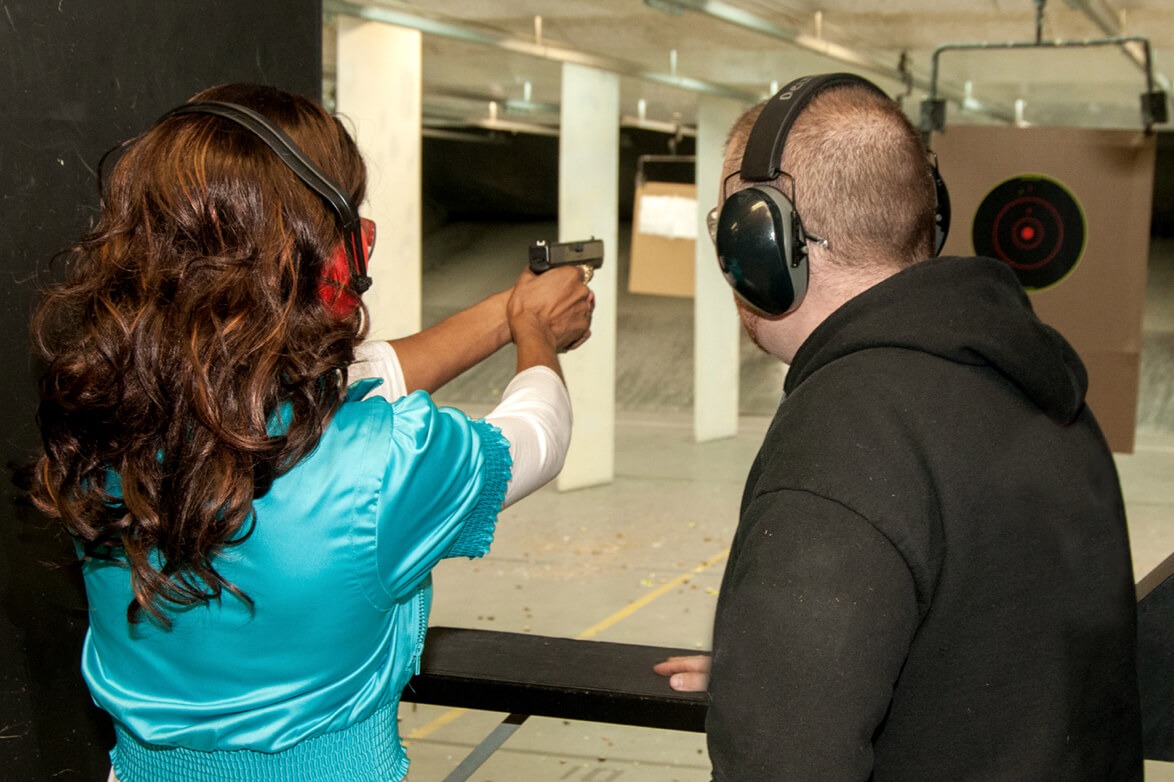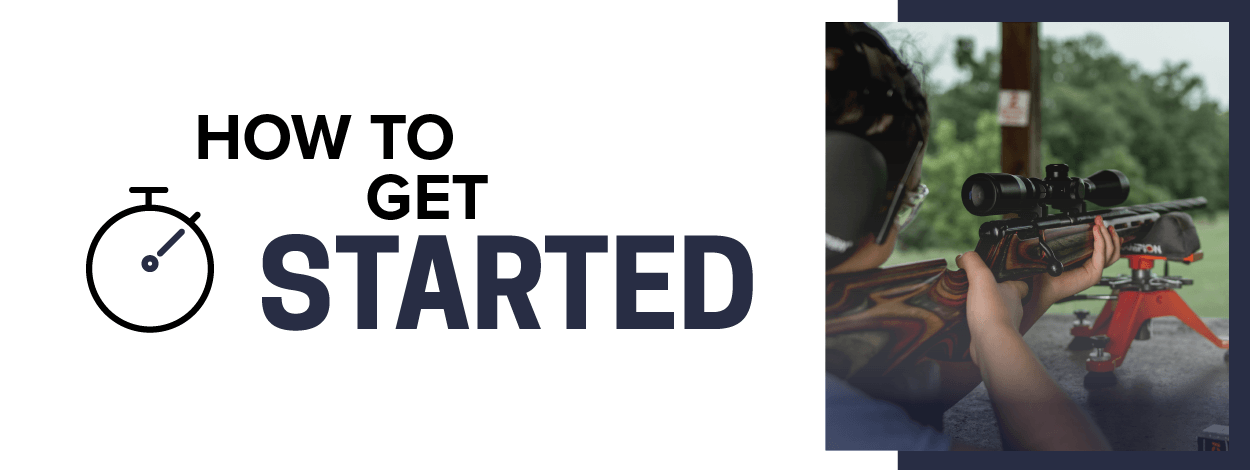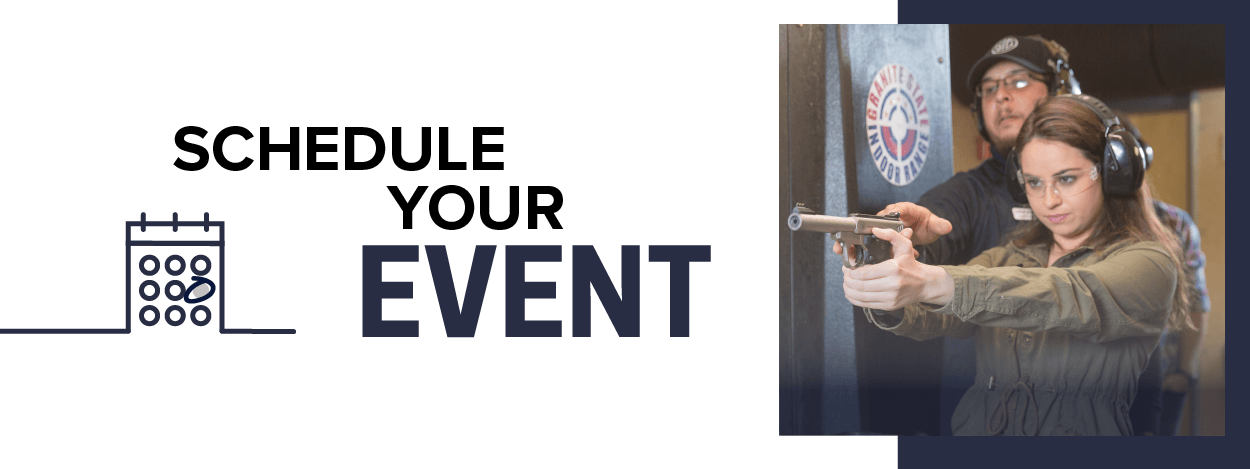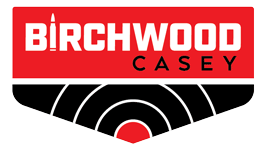First Shots Host Range – Master Checklist
Use this handy checklist to make sure you’ve thought of everything. Good planning is the key to a successful event!
- Schedule your First Shots Event. Consider time of day/day of the week when planning an event for first time shooters. Evenings or weekends will attract the most participants. Be sure to communicate your event date/time to NSSF as soon as possible so we can include you in the national calendar and ship your First Shots Host Kit.
- Do you have an online reservation and waiver system? Make it easy for your first-time visitors by encouraging them to complete their waiver ahead of time.
- We all love photos! If you take a photo of class participants, please ask them to sign a photo release.
- Develop your marketing plan. Including how to find first-time shooters, and then how to bring them back to your range. (Visit Event Promotion for more details)
- Determine your class size. For handgun/rifle facilities, consider how many lanes you will make available for shooting. To manage wait time, host ranges usually limit class sizes to the number of shooting lanes multiplied by two or three. For shotgun/clay target facilities, we recommend no more than three or four students per instructor.
- Classroom setup. You’ll need space for your attendees to be comfortable and easily see the instructor. Please have pens/pencils handy so participants can fill in their handbook and take notes!
- Is your range ready for guests? First impressions matter, so make sure you are ready to welcome your first-time guests with good signage, clean restrooms, and accessible/safe parking.
- Identify your training staff. The classroom instructor should be comfortable with new shooters to make it an enjoyable and safe experience. Most host ranges allow for one range officer per lane while the class is shooting. First Shots instructors say:
- First Shots is my favorite class to teach!
- It is all about having fun from the greeting, to the classroom presentations, to the range experience and finally, what’s next.
- Helping students separate TV from real life is key to realizing that there is more to the shooting sports than personal defense.
- Be ready for repeat customers! Review your class offerings to be sure you have classes available that will appeal to your enthusiastic new shooters. Be sure to have range brochures and class schedules handy for them to take with them at the end of the First Shots event.
- Equipment. For First Shots handgun and rifle events, please use .22 caliber firearms. The low noise and minimal recoil make it the ideal caliber for beginning shooters. Many ranges also find blue guns to be helpful teaching tools. For First Shots Clay Targets events, we encourage you to use low-recoil shotguns and shotshells
- First Shots Host Kit. When you schedule your event, NSSF will ship you a First Shots Host Kit including padfolios for note taking, handbooks, literature promoting firearms safety and the shooting sports, eye/ear protection, targets and ammunition (for handgun & rifle events only) based on the estimated number of attendees. Ranges hosting First Shots Clay Targets events will have access to other means of program support to help offset expenses tied to targets and ammunition.
- Complete your First Shots post-event report immediately following your event. This supports NSSF’s nationwide efforts to introduce new participants to firearms and targeting shooting through First Shots. This also ensures you will receive your reward coupon reimbursement.
- Review the survey feedback from your event participants. Use this information to make your next First Shots event even better!

